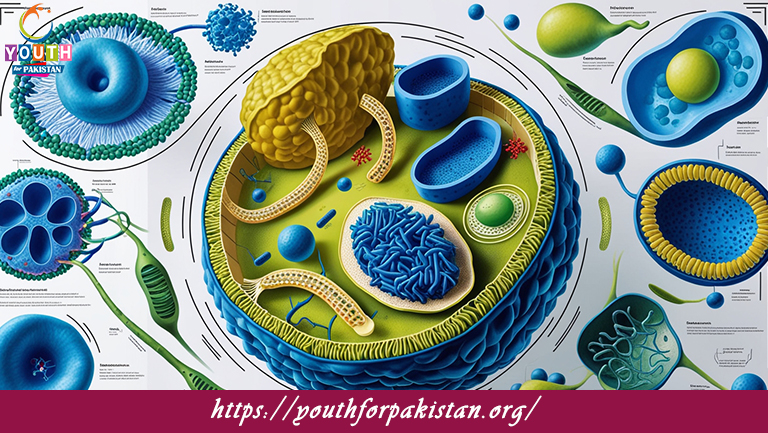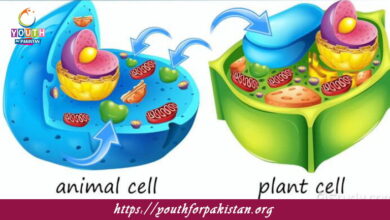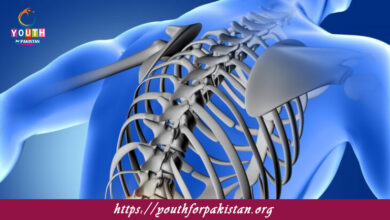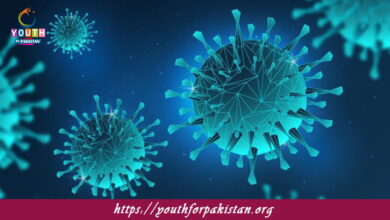Cell Structure & Function MDCAT Quiz with Answers

Cell Structure & Function MDCAT Quiz: Cell Structure & Function MDCAT Quiz is an indispensable resource for students preparing for the Medical and Dental College Admission Test. Covering the intricate details of cellular components and their roles, this MDCAT Quiz is designed to ensure students thoroughly understand one of the most fundamental topics in biology, laying a strong foundation for exam success.
Exploring Cell Structure and Function for MDCAT Success
The cell, often referred to as the basic unit of life, is a cornerstone of biology and a frequent focus in MDCAT. This quiz delves into every aspect of cell structure and function, including the plasma membrane, organelles, cytoskeleton, and cellular processes like transport and communication. With a curriculum-aligned approach, this resource enables you to grasp key concepts essential for tackling biology questions confidently.
Interactive Quiz for Cell Mastery
The Cell Structure & Function MDCAT Quiz offers a dynamic way to test your knowledge. It includes a variety of question types, such as application-based scenarios, conceptual problems, and fact-based queries, all tailored to reinforce your understanding. Questions focus on topics like the role of the nucleus, mitochondria, endoplasmic reticulum, and Golgi apparatus, as well as processes such as osmosis, diffusion, and active transport. Detailed explanations for each answer help clarify concepts and guide your preparation effectively.
Free Flashcards for Cell Biology
To enhance your study experience, we provide free flashcards focusing on cell structure and function. These flashcards are perfect for quick reviews and revising critical points, such as the functions of specific organelles, differences between prokaryotic and eukaryotic cells, and the various types of cell junctions. With their concise format, you can conveniently study anywhere, ensuring you retain essential information for your MDCAT exam.
Experience the real exam environment with our expertly designed collection of over 25,000 MCQs MDCAT Mock Tests.






